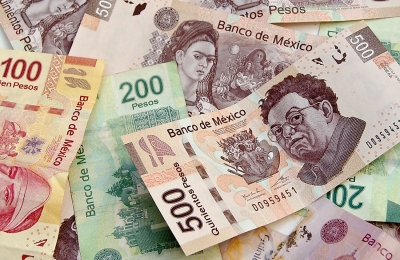
The peso is the monetary unit of several countries in the Americas and the Philippines. Originating in Spain, the word peso translates to “weight” and uses the peso sign. It is sometimes wrongly spoken as pieces in some countries.
The name peso was given to the 8-real silver coin introduced in 1497, minted at 83?8 pesos to a Castilian mark (230.0465 grams) of silver 134/144 fine (25.56 g fine silver). It was minted in large quantities after the discovery of silver in Mexico, Peru and Bolivia in the 16th century and immediately became a coin of worldwide importance in international trade between Europe, Asia and North America.
Initially the peso was produced in Spanish Latin America in a rapid and simplified manner by cutting off a lump of silver of proper weight and fineness from the end of a silver bar, which was then flattened out and impressed by a hammer. This resulted in a crude, irregular coin called a cob in English, or a macuquina in Spanish. The Crown was entitled to a fifth of all gold and silver mined, the quinto real (royal fifth), and cobs were a convenient means of handling and accounting for silver. In most cases these cobs were immediately melted down by the recipient. However, some did remain in circulation as currency, and these cobs were ideal candidates for clipping and counterfeiting due to their irregular shape and incomplete design.
Picture Credit : Google




